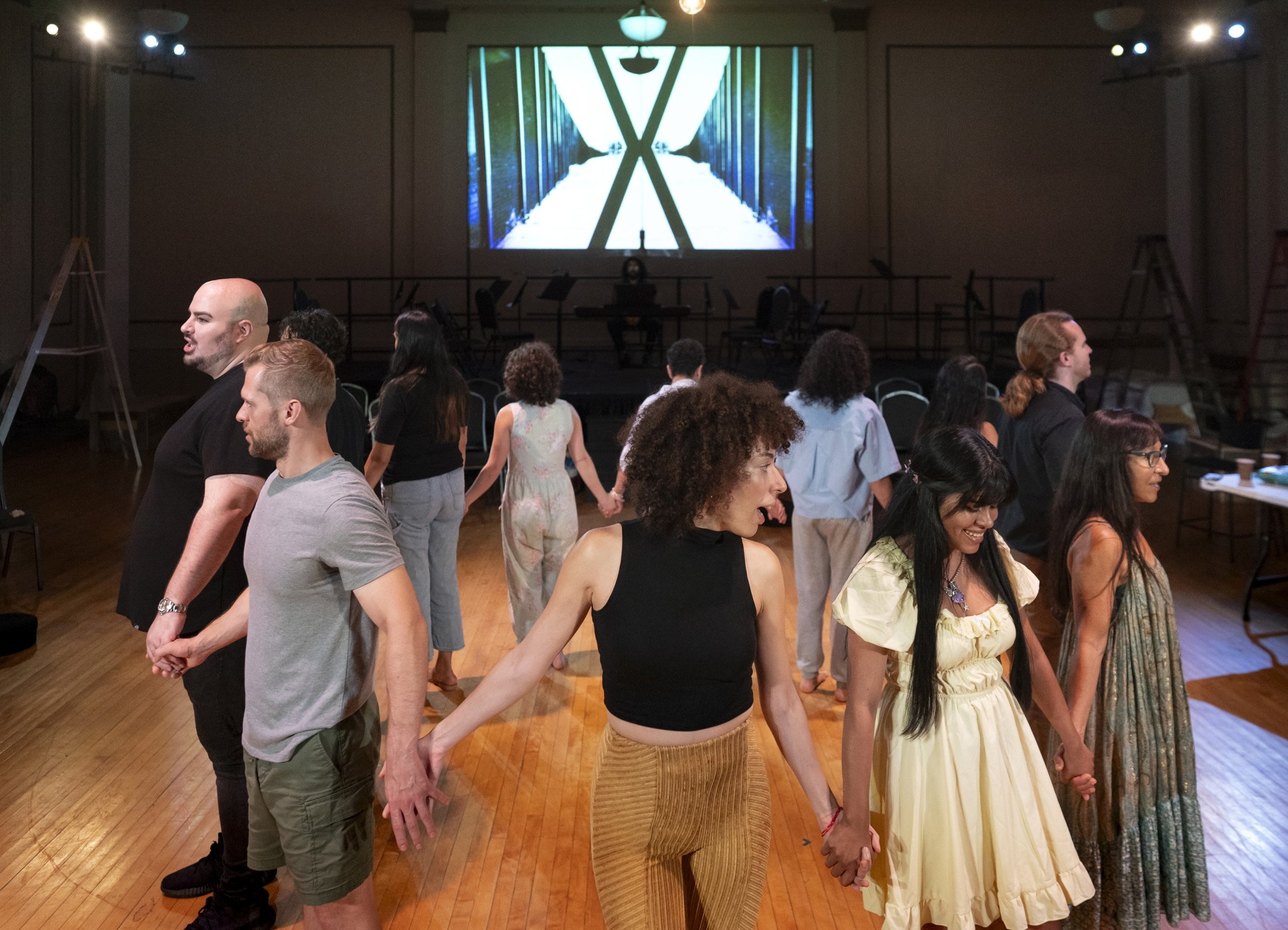Maine has historically attracted a vibrant community of international artists. Recent shifts in immigration policies under former President Donald Trump have led to a noticeable decline in participation from these artists. The impact of travel bans and stringent immigration enforcement has raised concerns among local festivals and presenters who rely on diverse talent.
The artistic landscape in Maine is rich with festivals and events that celebrate cultural exchange. However, the tightening of immigration rules has created barriers for many artists wishing to showcase their work. This situation has intensified since 2020, when restrictions were implemented, affecting not only artists from various countries but also threatening the diversity that festivals aim to promote.
Impact on Festivals and Presenters
Maine’s festivals, known for their inclusivity and diversity, now find themselves grappling with significant challenges. Presenters report difficulties in booking international acts, as many artists are hesitant to navigate the complex visa processes. For instance, the Portland Arts Festival has seen a decline in international submissions, affecting the overall quality and variety of performances.
Many artists cite fears of deportation or being barred from re-entry to the United States as key reasons for their reluctance. The constraints imposed by travel bans and enhanced enforcement create an atmosphere of uncertainty. Jessica Anderson, a festival director, emphasizes that “the artistic community thrives on diversity, and when that is compromised, everyone loses.”
Long-Term Consequences on Cultural Exchange
The long-term implications of these policies reach beyond immediate artistic expressions. The cultural fabric of Maine is at risk as fewer international voices contribute to its artistic landscape. According to a report from the National Endowment for the Arts, diverse artistic input not only enriches local culture but also attracts tourism, which is vital for the state’s economy.
In addition to economic impacts, there are also concerns about the message being sent to artists worldwide. The perception of the United States as an unwelcoming environment for creative talent could deter future generations of artists. The challenge lies not only in policy adjustments but also in fostering an environment that encourages artistic freedom and expression.
As Maine’s artistic community navigates these turbulent waters, it highlights a broader conversation about immigration, cultural exchange, and the importance of inclusivity in the arts. The hope remains that with changes in leadership and policy, Maine can reclaim its status as a welcoming haven for international artists, reigniting the creative spirit that has defined its cultural identity.
